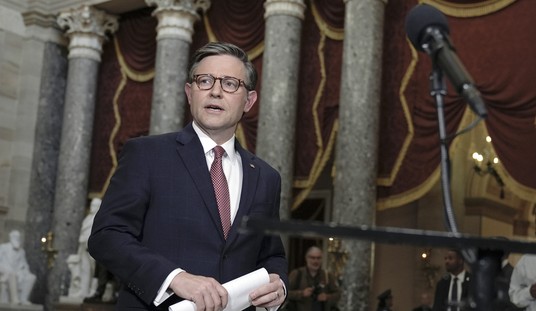Pulling a page from Obama’s sequester playbook, the Agriculture Department threatened to cut spending on a program that assists poor women and children rather than grant money that helps market a Bloody Mary mix, for example.
Agriculture Secretary Tom Vilsack warned about the dire consequences of sequester in a letter to the Senate back in February, which included cuts to the Women, Infants and Children program, raging wildfires, the elimination of rental assistance for more than 10,000 very low-income rural residents, extensive pest and disease outbreaks, and the list went on.
But Sen. Tom Coburn, also known as “Dr. No,” happened to find a few other programs that should be first on the chopping block before cutting assistance to 600,000 women and children who rely on WIC for food and health care services. Via The Washington Times:
Mr. Coburn offered a number of places the Agriculture Department might look at cutting before it goes into big programs such as WIC, pointing to the $45,000 grant to market the Bloody Mary mix; the Indiana Soybean Alliance’s $15,000 grant to study the feasibility of producing fish food in that state; or the $213,000 a small Virginia farm was awarded to grow more strawberries, which are turned into ice cream and jellies.
Mr. Coburn also questioned the department’s decision to designate all of Martha’s Vineyard, Mass., known as a vacation spot for the wealthy, as a rural area eligible for special Agriculture Department homeowner loans.
If borrowers default on their loans, taxpayers are on the hook for the mortgages.
Mr. Coburn said it seemed odd that wealthy homeowners could get access to loans, but the department had warned that sequesters could cut off rental assistance to “more than 10,000 very low income rural residents, generally elderly, disabled and single female heads of households.”
“Apparently, inhabitants of these affluent summer vacation getaways — and other prosperous communities across the country — are not among the 10,000 rural residents threatened with losing rental assistance by USDA as a result of sequestration,” Mr. Coburn wrote.
“Before USDA evicts elderly and disabled from rural housing, the department should end its subsidies for summer island homes for the rich and famous.”
Recommended
So, how many people really have been dropped from the WIC program as a result of sequestration? And just how much has the USDA spent supporting alcoholic beverages over the last five years? Coburn is demanding answers to these and a number of other questions by July 22, 2013.
“With sequestration being blamed for cutting services to those in need, it is time to sober up with how federal funds are being spent and focus on serving people rather than drinks,” Coburn said.
























Join the conversation as a VIP Member